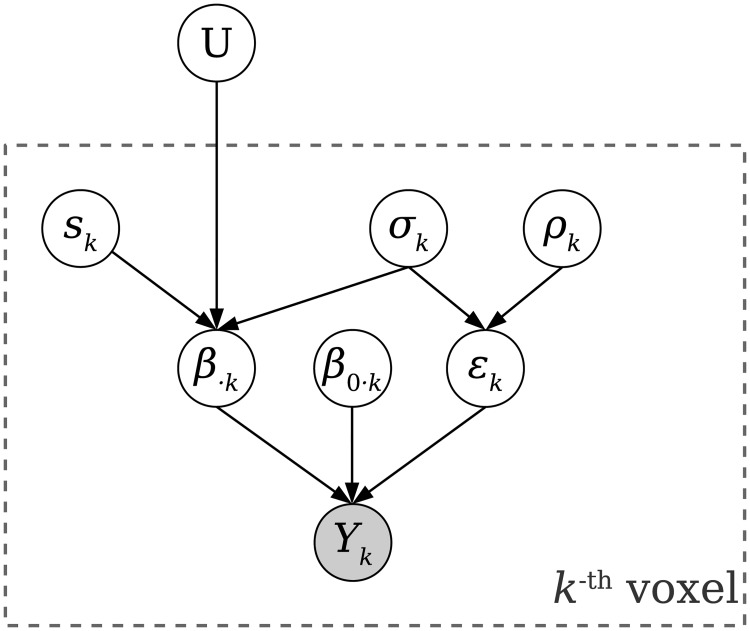Fig 2. Generative model of Bayesian RSA.
The covariance structure U shared across all voxels in an ROI is treated as a hyper-parameter of the unknown response amplitude β. For voxel k, the BOLD time series Yk are the only observable data. We assume Yk is generated by task-related activity amplitudes β⋅k (the k-th column of β), intrinsic fluctuation amplitudes β0⋅k and spatially independent noise ϵk: Yk = Xβk + X0 β0⋅k + ϵk, where X is the design matrix and X0 is the set of time courses of intrinsic fluctuations. ϵk is modeled as an AR(1) process with autocorrelation coefficient ρk and noise standard deviation σk. β⋅k depends on the voxel’s pseudo-SNR sk and noise level σk in addition to U: β⋅k ∼ N(0, (sk σk)2 U). By marginalizing over β⋅k, β0⋅k, σk, ρk and sk for each voxel, we can obtain the likelihood function p(Yk|X, X0, U) and search for U which maximizes the total log likelihood of the observed data Y for all nV voxels. The optimal can be converted to a correlation matrix, representing the estimated similarity between patterns.

